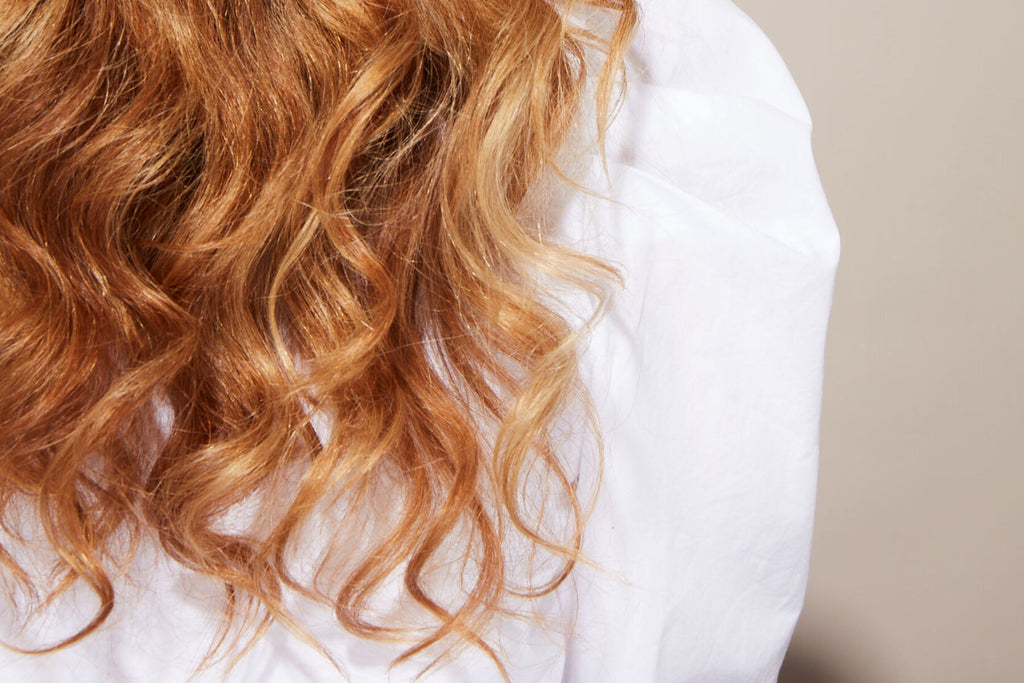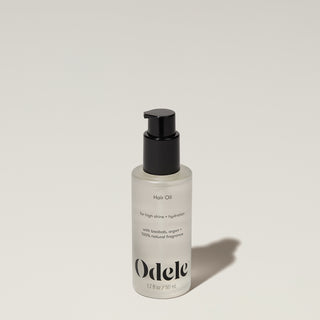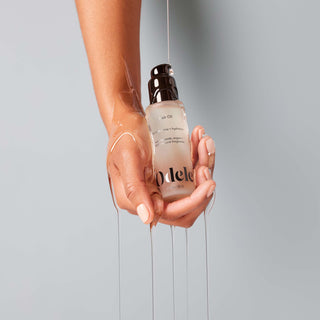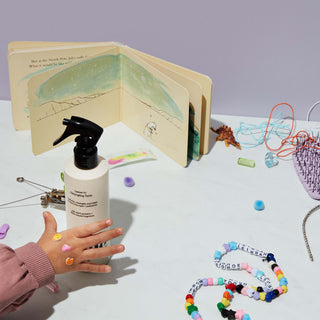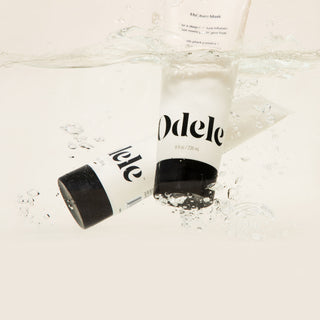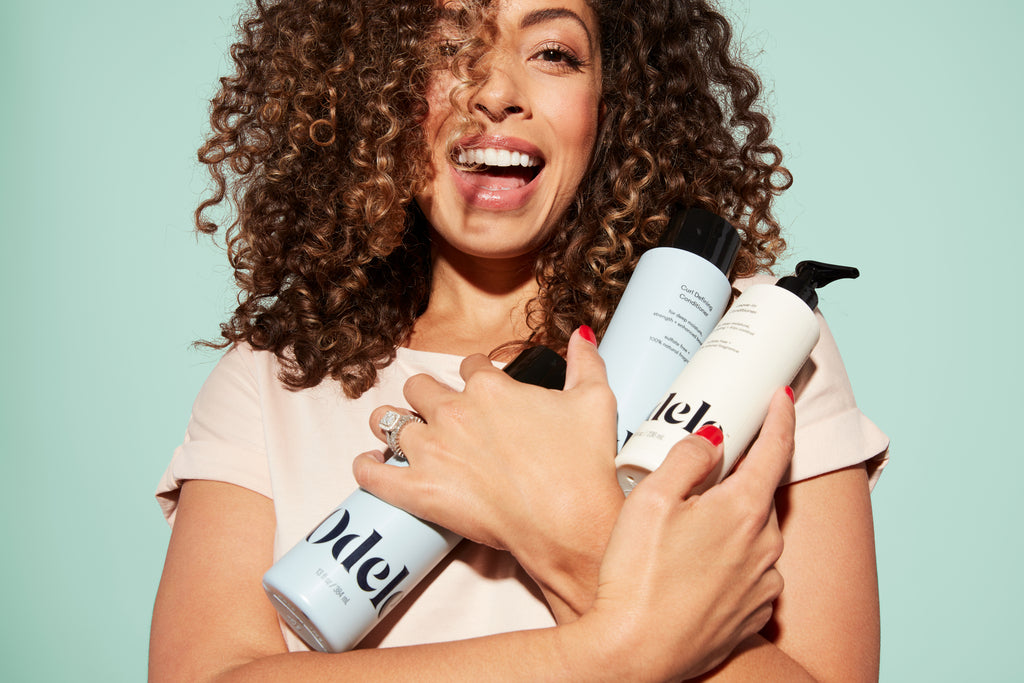Split ends are a pesky problem that everyone deals with at some point (it would be weird if you didn’t!). Let’s take a closer look at what’s behind the breakage.
What are split ends?
Split ends, known scientifically as tricoptilosis, are exactly what they sound like: broken fibers at the ends of your hair. They show up when the hair’s protective outer layer (cuticle) gets damaged, which leaves the inner part (cortex) exposed. Without protection, it can start to unravel, making the hair strand look rough and frizzy. Think of the frayed end of a rope—that’s similar to what a split end of hair would look like if you zoomed way in.
What causes split ends?
Since your ends are the oldest part of your hair and have seen the most battles, they’re extra fragile. Anything that’s harsh on your strands can push them to their (literal) breaking point. Basically, if you style or manipulate your hair in any way, split ends are bound to turn up to some extent.
Common causes of split ends include:
- chemicals (color treatments, relaxers)
- styling with heat tools (blow dryers, flat irons)
- tight hairstyles that stretch and tug at the hair (buns, braids)
- anything that creates a lot of friction on your hair (combing/brushing, wearing a helmet, sleeping on a cloth pillowcase)
- anything that dries out your hair (overwashing, extreme weather, using the wrong products)
Can you repair split ends?
A split end here or there is nothing to bat an eye at, but getting a whole bunch can strip your hair of its strength, shine and smoothness.
So, what can be done? The only way to truly get rid of split ends is to chop ‘em off. To prevent the breakage from spreading up your hair shaft, ask your stylist (or your friend with the shears) to cut away all the split stuff so you can start fresh. You don't want to let split ends linger for too long—that can lead to more breakage.
If you’re in between trims or not keen on doing a big chop, don’t worry—there are ways to reduce the appearance of split ends. Products like our nourishing Hair Oil help to seal split ends so strands appear ever-so-smooth and shiny again.

How to prevent split ends
It’s hard to 100% prevent split ends, but there are some easy ways to minimize them in your mane.
General tips
Use products that strengthen and shield hair from damage in your daily routine. Look for shampoos, conditioners and stylers that contain protein (hydrolyzed rice tein, quinoa, amaranth, etc.)—like our entire product line. Protein strengthens and repairs the keratin that forms hair so it grows healthier and is less susceptible to damage over time.
Get regular trims to keep split ends at bay. When you get a trim, you’re essentially cutting off the weakest part of your hair, so it’s less vulnerable to breakage. Stylists generally recommend trimming every six to eight weeks, but it ultimately depends on your hair type.
When washing your hair
Dry hair is a magnet for damage, so always, always, always hydrate. That means using conditioner after shampooing and, depending on your hair type, hair masks and leave-in conditioners for added moisture.
Try not to wash your hair every day—it’s not doing your strands (or scalp) any favors. Here’s a handy guide to figuring out a healthy shampoo schedule.
After bleaching or color treatments
- Minimize how often you get chemical treatments, and when you do, make sure you’re following the proper maintenance routine. Our Moisture Repair regimen is particularly awesome for defending color-treated hair against damage.
When using heat
- Always keep a heat protectant on hand. For even more powerful protection, fortify hair with a deep conditioner.
When detangling
- Use a wide-tooth comb to gently loosen up knotty locks. Our Leave-in Detangling Tonic has won awards for effortlessly melting away tangles, BTW.
When styling
- Opt for looser buns, ponytails and braids, as well as gentler accessories like claw clips and silk/satin scrunchies.

